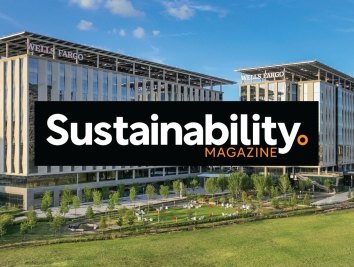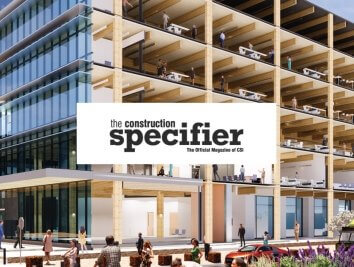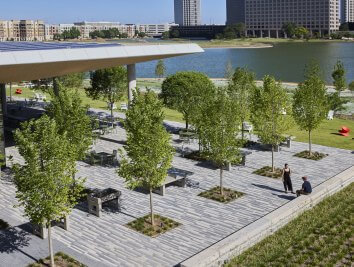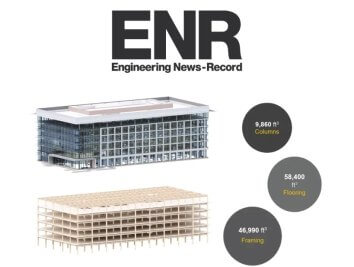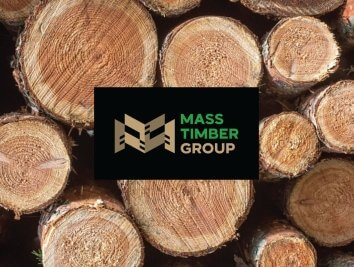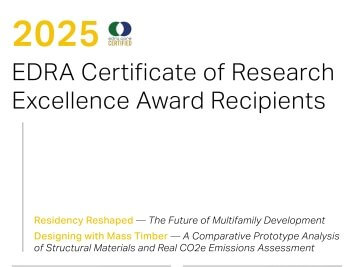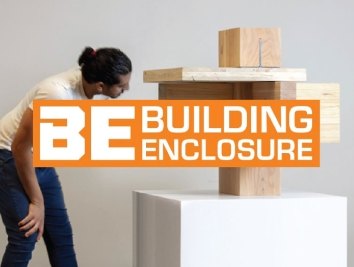Carbon: Why is it Such an Important Topic?
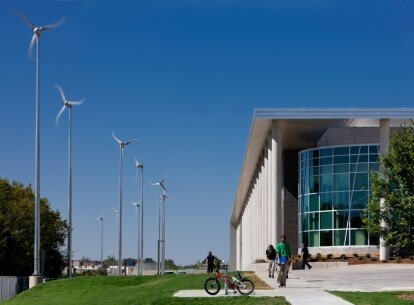
The topic of carbon has become increasingly more common as of late within community and professional circles. However, while carbon might be a huge discussion point, many individuals still ask the question: what exactly is carbon and why are so many people talking about it?
Carbon is the major component of greenhouse gases trapping heat in the Earth’s atmosphere, causing the planet to warm. As the planet warms, the trickle-down effects are impacting all of us. A warmer planet means snow and ice are melting and the temperature of the oceans is rising, both of which contribute to rising sea levels. As a result, we are feeling the impacts of a warmer planet more directly in our local weather. The hot days are getting hotter, cold days are getting colder, snowstorms are getting bigger, hurricanes are more powerful, drought is getting worse in some areas while flooding worsens in other areas, wildfires are devastating communities at record levels, and tornado alley appears to be shifting.
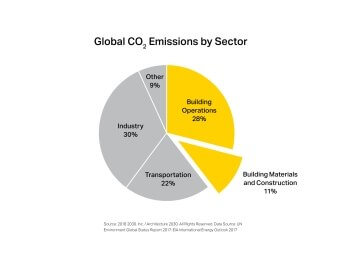
In the building industry, carbon and the changing climate impacts what we do every day. Traditionally, we have looked to the past to understand the climate conditions we should design for in our buildings, but as the climate changes the past no longer tells us what we need to know. As we design buildings today, we look for creative solutions to challenges that might not be fully defined yet. But the building industry has another important interest in carbon. Architecture 2030 reports buildings account for nearly 40% of greenhouse gas emissions. As architects, engineers, and designers, the choices we make when designing a building, from building orientation to the carpet tile on the floor, can have many impacts - including carbon emissions. As building owners and operators your choices when you commission a new project, renovate an existing building, or manage your existing portfolio, also make a difference.
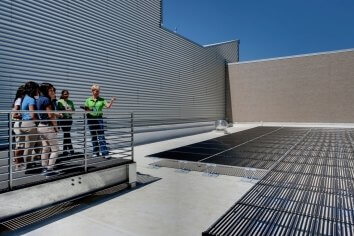
What is Carbon?
From identifying a carbon footprint to setting a carbon-neutral goal, there are many terminologies thrown around when we talk about carbon. It is essential to understand the terminology, or the message can get lost in translation. A Carbon Footprint is the amount of greenhouse gasses emitted by something, typically expressed within units of CO2-equivalent. Common greenhouse gasses in the building industry include carbon dioxide, methane, and refrigerants. A product or company that is Carbon Neutral is removing the same amount of carbon dioxide it's emitting into the atmosphere to achieve net-zero carbon emissions.
In the building industry, we often talk about operational carbon and embodied carbon. Huge strides have been made over the last decade in reducing operational carbon, the greenhouse gas emissions emitted during the ongoing use of a building. Green building rating systems like LEED and more stringent building codes are encouraging and requiring more thoughtful design. However, the way buildings are being managed and operated can also significantly impact the amount of energy being used and thus how much carbon is emitted. While the great steps taken to reduce operational carbon are starting to pay off, embodied carbon is becoming a more significant piece of the total carbon puzzle. Embodied carbon is the greenhouse gases emitted from the extraction, manufacturing, transportation, installation, maintenance, and disposal of building materials and other products. With the industry becoming more aware of embodied carbon, manufacturers are starting to produce Environmental Product Declarations (EPDs) acknowledging the carbon impacts of their products. Some manufactures are going further by looking at options to reduce the embodied carbon of their products. At the same time, project teams are starting to evaluate the embodied carbon in projects and looking for ways to reduce those impacts.
Reducing Your Carbon Footprint
It’s one thing to conceptually understand the idea of carbon and the impact buildings have on it— it’s another thing to start acting on it. More and more organizations are starting to consider what they can and should do to be part of the solution, but even the idea of where to start can be overwhelming. Truly the first thing to do is get informed. There are many layers to the topic of carbon and numerous resources available to be informed on the impacts of carbon globally and locally. The more you know about the issue, the more confidently you can take action.
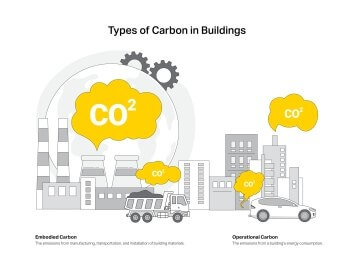
If you want to reduce the carbon footprint of your building, campus, or organization, here are steps to consider:
- Reflect on your efforts to date: Maybe you have already made changes that positively impact your carbon emissions. Acknowledge the steps you have taken as part of the foundation to do more.
- Define the parameters of your carbon footprint: There isn’t a hard line on what needs to be included or can be excluded in your carbon footprint. Instead, you define the parameters that are right for your organization and be consistent.
- Calculate your carbon footprint: In order to make a reduction, you need to know where you are starting. If someone in your organization is carbon savvy, this could be done internally. Many organizations hire a consultant to assist with this process.
- Set a carbon reduction target: If carbon neutrality is your goal, identify when you want to reach that target. Set up interim reduction goals that set you up for success. A strategy would be to aim for a 10% reduction in the first year as a starting point.
- Make a plan: Big goals are great, but setting smaller, reachable goals that put you on track to meet your big goals are also important. Replacing energy-intensive lighting out with LED fixtures or reevaluating your temperature setpoints can be a great place to start. There will likely be some easy changes you can make in your organization, but significant reductions may take both time and monetary investments
- Reduce your footprint: Once you have set your target and put a plan in place, start executing that plan. You can recalculate your carbon footprint annually to see your progress.
- Share your experience: Combating the carbon problem is going to take effort from everyone. When you share your story, you may inspire another person or organization to start their own carbon reduction journey.

The decisions we make every day impact the amount of carbon in the atmosphere. Engaging the right team to identify your carbon footprint is an important step to beginning the carbon reduction process. If you are operating an older building, there may be easy changes you can make to start making a dent in your carbon footprint. If you oversee several buildings or campuses, we can look for efficiencies across your portfolio. If you have a new building coming up, make sure you talk with your project teams about embodied and operational carbon. Together, we can make a difference.
SOURCES:
https://architecture2030.org/new-buildings-embodied/
https://www.carboncure.com/concrete-corner/what-is-embodied-carbon/
What is Vertical Farming?
Jeff Bednar Founder of Profound Microfarms & Foods explores vertical farming in the excerpt from Corgan's podcast, TheSquare.







